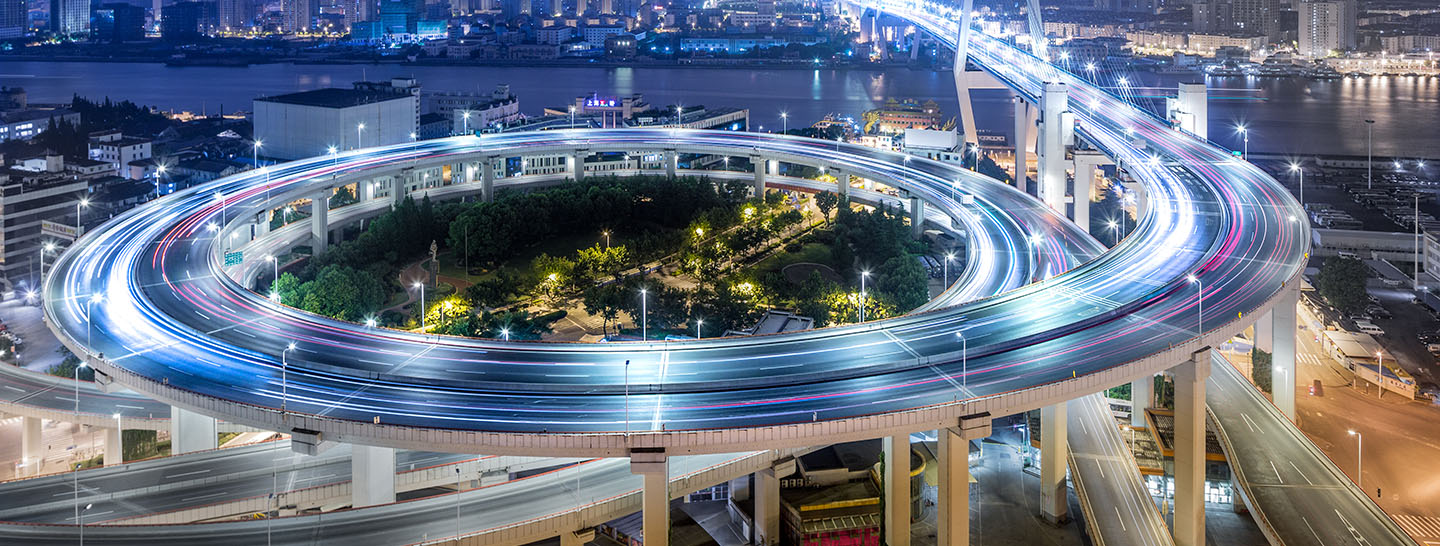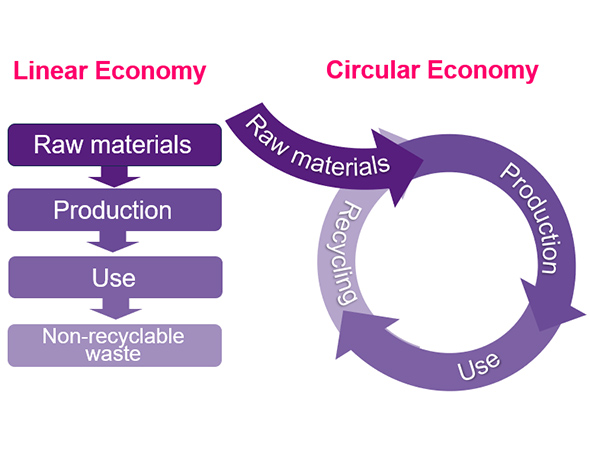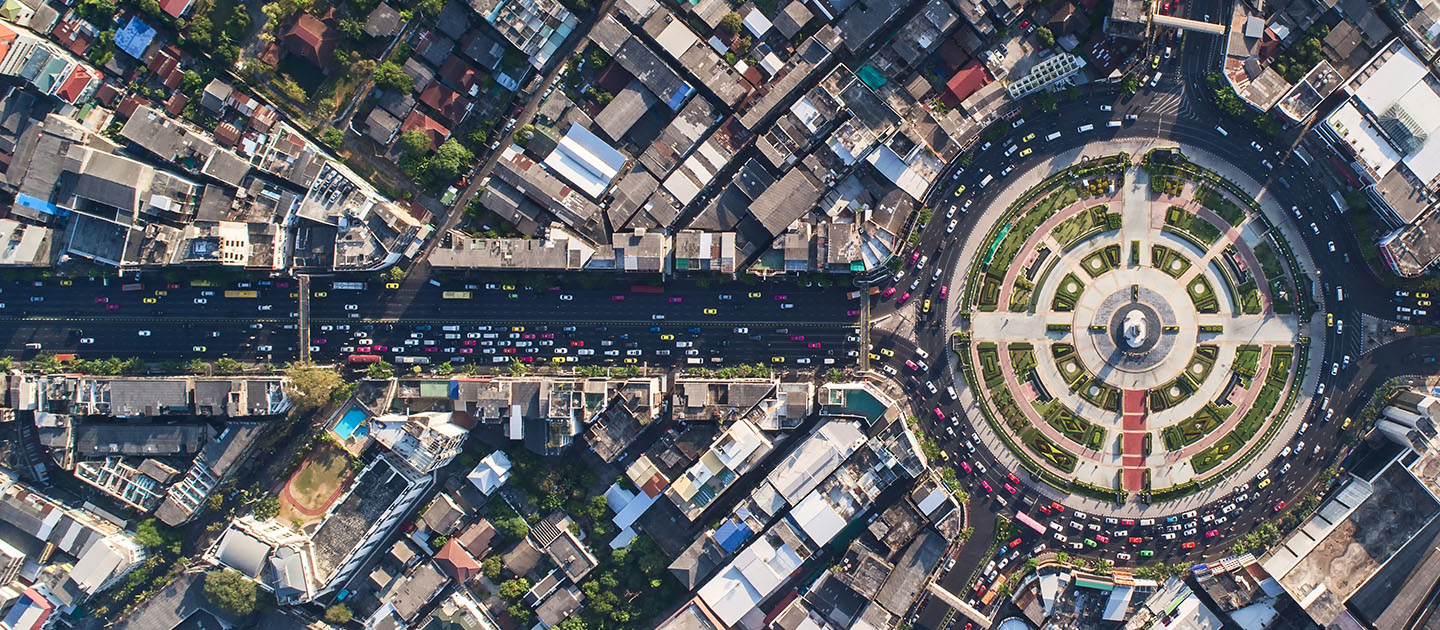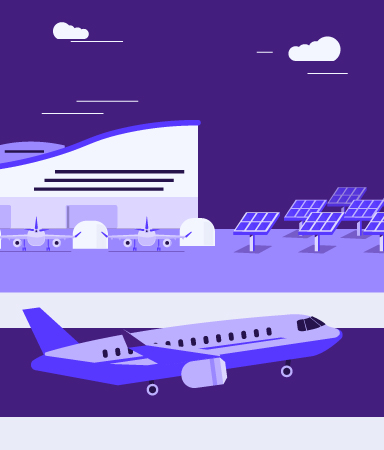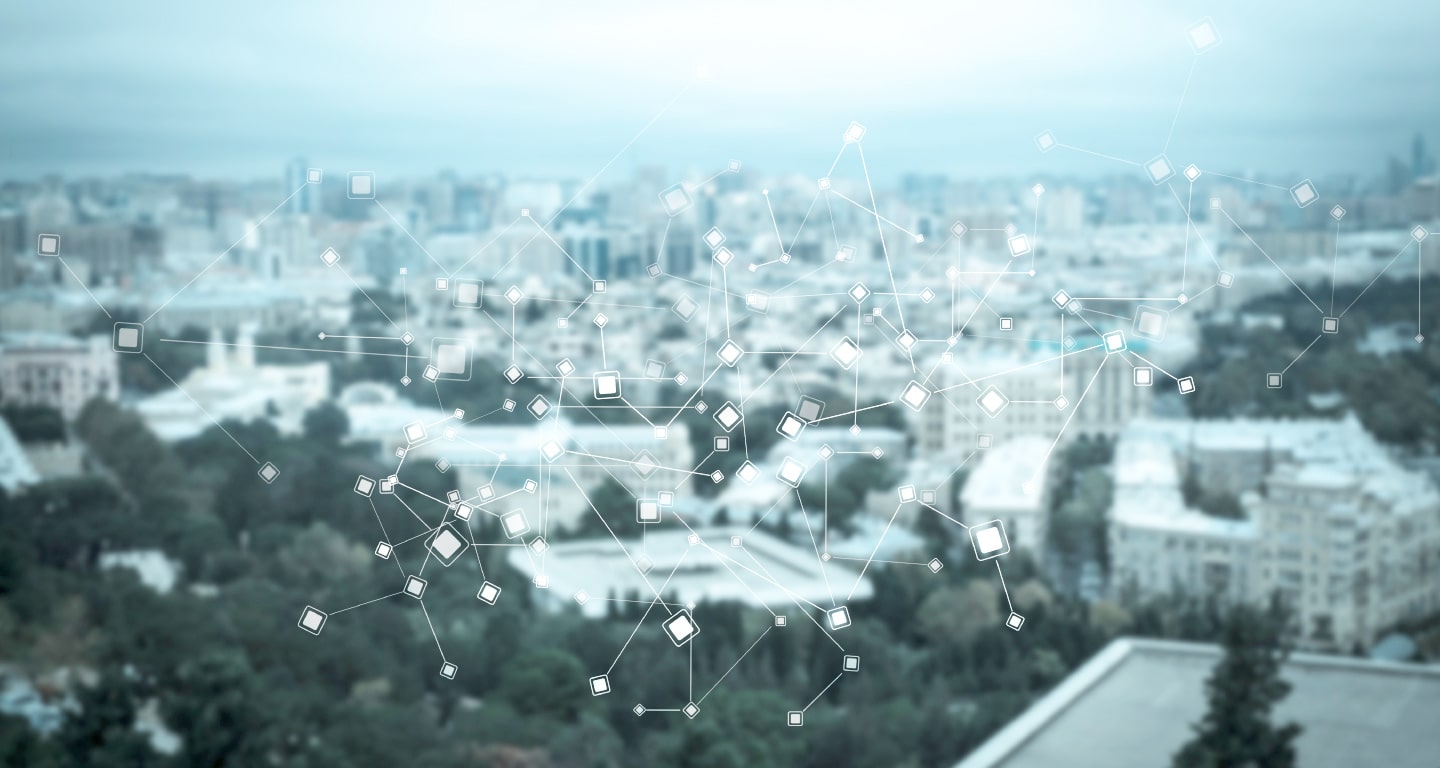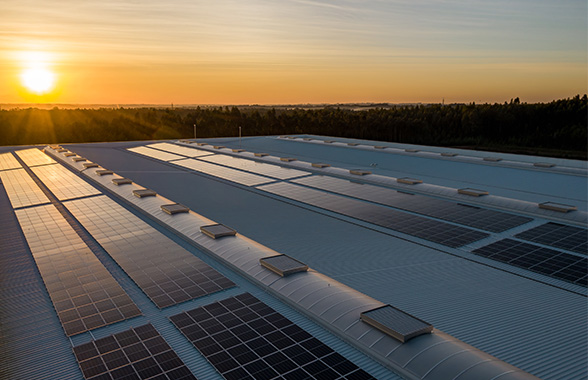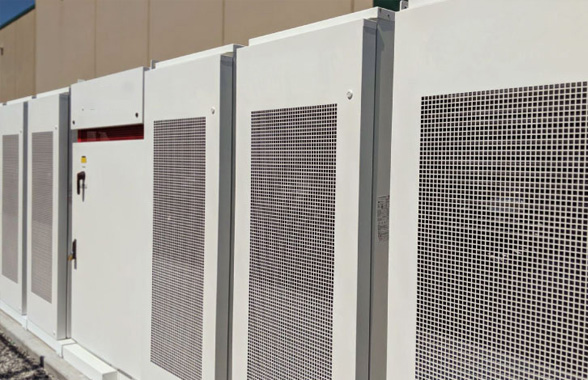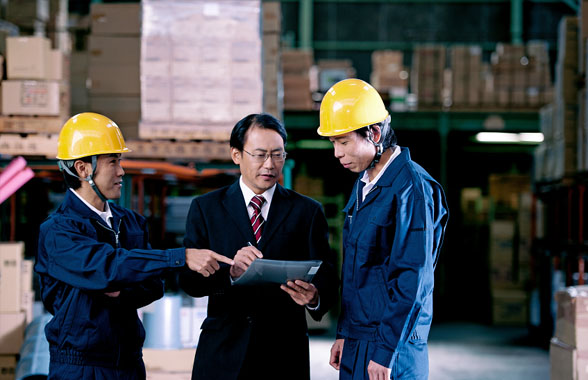Moving from a linear economy to a circular one means moving away from a production model where products are built directly from raw materials derived from nature, then sold to users, used for a relatively short period of time, and then disposed of. A circular economy model, on the contrary, exploits every opportunity to extend the use life of products, to allow more users access to the same product, to re-use components and materials from old products to make new ones, also ensuring that the energy and materials that go in the process come from sustainable and clean sources.
We see the Circular Economy as a key evolution that reduces pressure on the environment and generates jobs and economic growth. We have incorporated the five pillars of the Circular Economy at the heart of our strategy to boost our evolution towards this new production paradigm.

